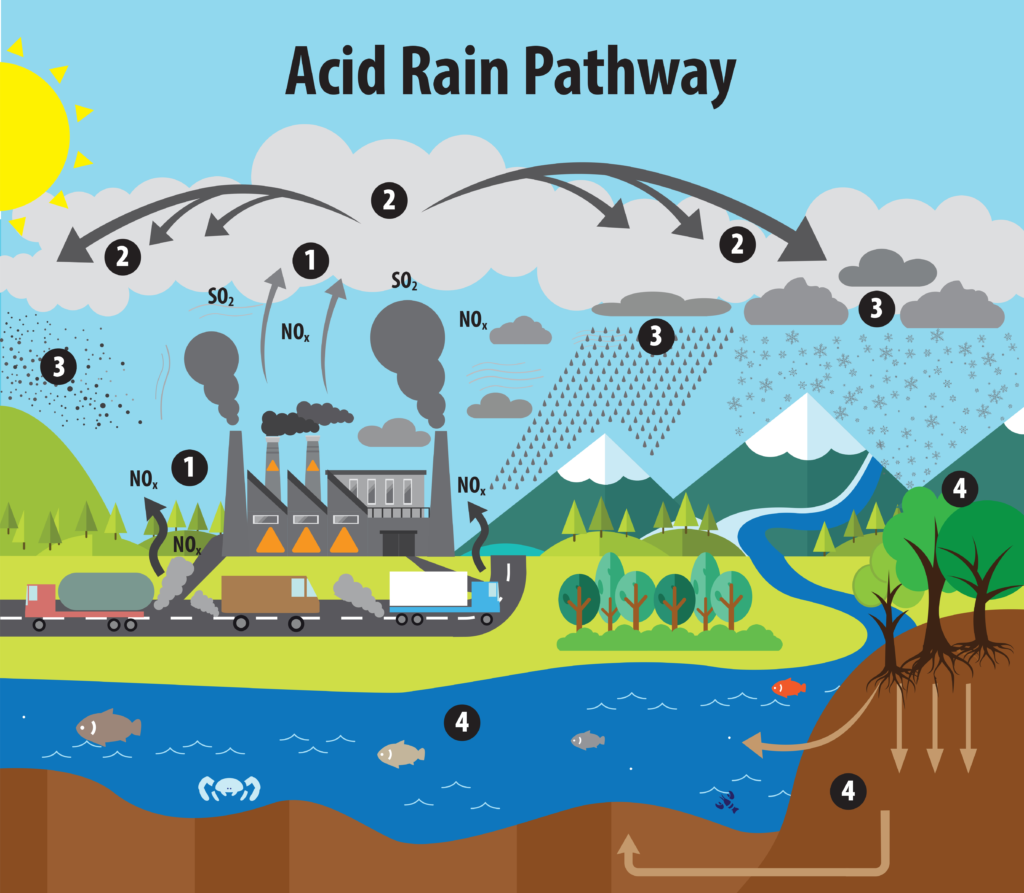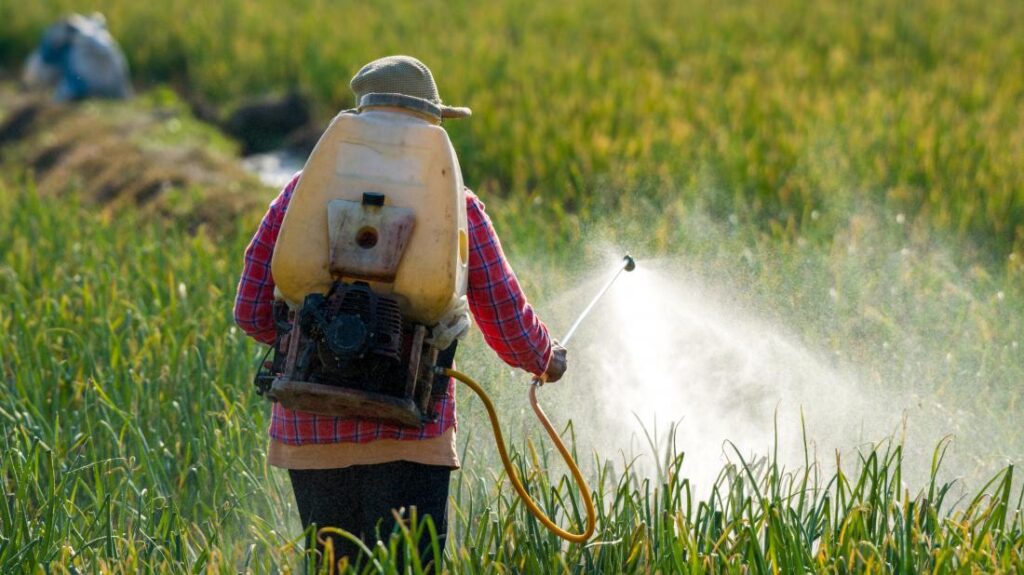Pollution introduces substances into the environment that have harmful effects. Some pollutants, such as volcanic ash or the toxins in smoke from forest fires, are naturally-occurring. Others, such as releases of industrial chemicals or pesticides, are caused by human activities. Regardless of the cause, there are three major types of pollution – air, water, and land – and they’re all related to soil health.
Pollutants can harm soil quality, but healthy soil can help mitigate the effects of pollutants. Certain plants that grow in certain types of contaminated soil can also improve soil health. In addition, there’s a role for sound agricultural practices in mitigating the effects of environmental pollution, and in soil remediation more generally. Cows and the grasses upon which they depend can be part, but not all, of the solution.
Air Pollution and Soil Health
Air pollution puts harmful chemicals or particles into the air. According to the U.S. Environmental Protection Agency (EPA), 67 million tons of air pollutants were emitted into the atmosphere in 2021. When sulfur dioxide and nitrogen dioxide enters the atmosphere, these substances can react with water vapor to form sulfuric acid and nitric acid. These acids then fall back to the ground as acid rain, which can lower soil pH and make it more acidic. This can cause soil to become less fertile and, in turn, limit plant growth. Acid rain can also reduce the soil microbial population upon which plant life depends.
Air pollution can also release heavy metals into the atmosphere that cause long-term damage to soil health. As the journal Nature explains, “traditional methods to remediate polluted soil have many limitations”, including cost. Yet, as Frontiers in Plant Science reports, high biomass producing crops (such as cannabis sativa) have been reported to effectively remove heavy metals from contaminated soils through phytoextraction. “Grasses can also be used for phytoextraction,” the journal continues, a finding that underscores the relationship between rotational grazing and soil health.

Water Pollution and Soil Health
Water pollution is often related to air pollution, as in the case of acid rain, and to land pollution, as in the case of agricultural run-offs. The dumping of chemicals or wastes into waterways can also affect water quality directly. No matter the cause, contaminants in water can seep into the soil and affect its composition. For example, high levels of heavy metals in water can build up in soil over time, stripping it of nutrients and making the soil less able to support plant growth.
Polluted water can also directly damage soil structure. When water that contains high levels of sediment or other pollutants flows over the soil surface, it can erode the topsoil and cause soil compaction. In turn, this makes it harder for plant roots to penetrate and access nutrients. Although agricultural nonpoint source pollution is a major cause of problems with water quality, University of Nebraska researchers report that manure can play a valuable role in increasing soil aggregate size and reducing soil erosion.
Land Pollution and Soil Health
Land pollution and soil health are also closely related. For example, the use of pesticides, herbicides, and chemical fertilizers on crops can result in the accumulation of harmful substances in the soil, affecting its fertility. These forms of land pollution can also contribute to soil erosion, which can strip away the topsoil and remove valuable nutrients from the subsoil. Crop rotation and cover cropping can help to protect the soil from degradation, but contaminated land has numerous non-agricultural causes, such as the leaching of wastes from landfills and the illegal dumping of plastics and metals.
As this article from Go Natural Education explains, there are three main types of pollution: air, water, and land. They’re each related to the other, and all three forms of pollution can affect soil health. Proper agricultural practices can be part of the solution, but the problem of soil contamination is much larger and has great significance for us all. As the Food and Agriculture Organization of the United Nations explains, “polluting our soils is polluting our future.”

